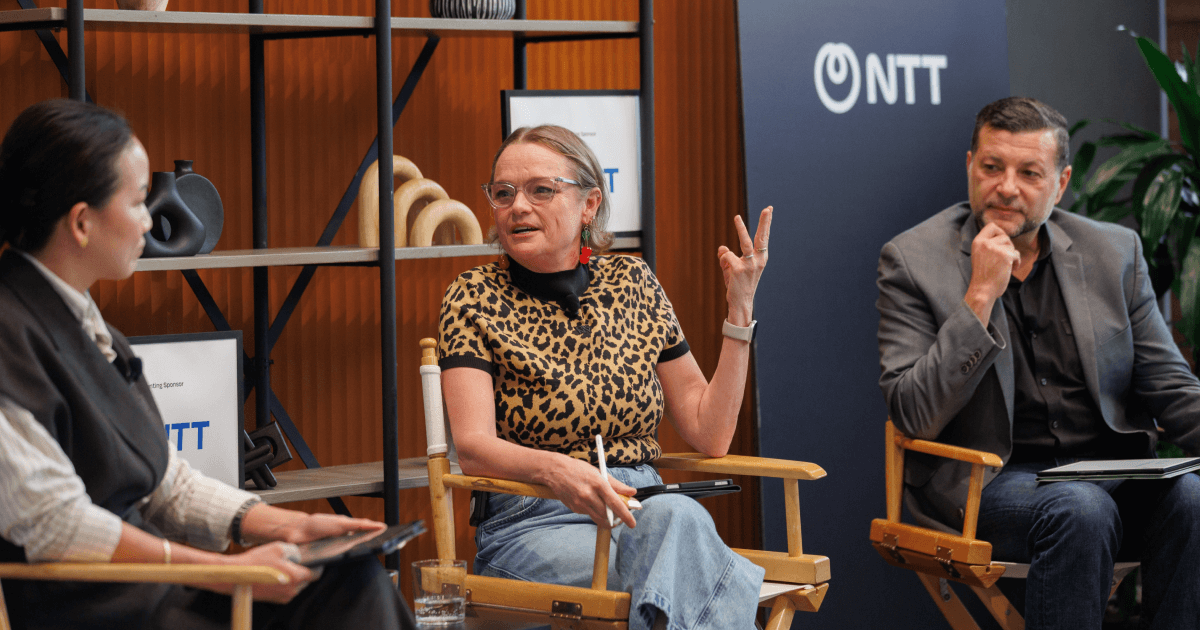Design that scales: Unlocking design system success with Dan Mall


The only constant in design and development is constant change, which is why the implementation of design systems has emerged as a transformative investment for organizations. Far from being a mere operational necessity, design systems require a strategic mindset and a commitment to long-term benefits.
This week on Catalyst, Chris and Gina are joined by design systems expert Dan Mall to talk about his new book, Design That Scales, and unravel the multifaceted aspects of design systems. Check out the highlights below, then dive into the full episode to learn more about how Dan has helped some of the world's most recognizable brands create design practices that are truly sustainable and successful.
Design systems as investments
Implementing a design system takes time, effort, and resources, but it is viewed as an investment rather than an immediate return. Leaders need to understand the long-term benefits and returns on investment, and the pitch should focus on building traction before seeking significant funding.
Pitching design systems
Instead of proposing a design system with just an idea, it's crucial to build traction first. Show how the design system has positively impacted a few teams, quantify the time and cost savings, and then seek funding for scaling based on proven results.
Start with what's common
Design system work is not about creating something new; it's about collecting what's common in an organization. Identify patterns and practices that already exist, celebrate them, and then centralize and document them in the design system.
Encourage custom work
Teams should be given explicit permission to do custom work. The goal is not to have 100% coverage by the design system, but to find a balance. Try the 80/20 rule — 80% of the interface is made up of design system components, and 20% is custom, allowing room for innovation.
Avoid ghost towns
The design system should be a living entity that evolves. Designers should be encouraged to contribute back to the system by incorporating new and innovative solutions. It's essential to ensure that the design system doesn't become a neglected artifact. Launching a design system is not the end; it's just the beginning. Continuous investment, evolution, and contributions are necessary for a design system to remain valuable over time.
As always, don’t forget to subscribe to Catalyst wherever you get your podcasts! We drop a new episode every Tuesday, and each one is jam-packed with expert advice and actionable insights to create digital experiences that move millions.





